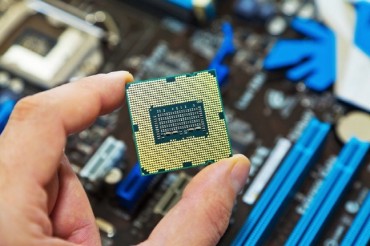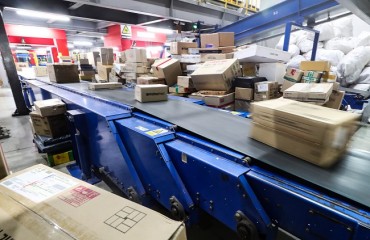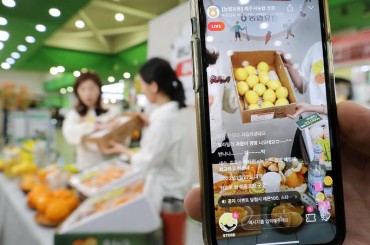
Financial service companies tended to have more female executives, with Citibank Korea leading the way at 23.5 percent, followed by Industrial Bank of Korea (15.8 percent), Standard Chartered Bank Korea (14.3 percent), Kookmin Bank (10.5 percent), and Woori Bank (8.3 percent). (image: KobizMedia/ Korea Bizwire)
SEOUL, July 28 (Korea Bizwire) – “We just put the biggest crack in that glass ceiling yet,” said Democratic presidential nominee Hilary Clinton during the Democratic convention in Philadelphia on Tuesday.
Korea cracked a similar glass ceiling in 2012, with President Park Geun-hye becoming the first woman president of Korea. But according to experts, Korea is still far from establishing a gender-equal society, especially when it comes to large corporations, which are still highly male-oriented.
According to a recent study conducted by the Ministry of Gender Equality & Family, women only accounted for 2.3 percent (165) of executives and board members at Korea’s top 100 companies. Worse, 52 of the top 100 companies had no female executives or board members whatsoever.
Financial service companies tended to have more female executives, with Citibank Korea leading the way at 23.5 percent, followed by Industrial Bank of Korea (15.8 percent), Standard Chartered Bank Korea (14.3 percent), Kookmin Bank (10.5 percent), and Woori Bank (8.3 percent).
Samsung Electro-Mechanics also made the top-ten list with females accounting for 14.3 percent of its executives. CJ CheilJedang (8.3 percent), Tongyang Life Insurance (8 percent), Lotte Hotel (7.1 percent), and Samsung SDS (7 percent) also figured in the top ten.
On a brighter note, the 165 woman executives marked a 41 percent increase from 2013’s 117. The number of companies with at least one female executive also increased from 36 to 48 during the same period. Yet according to the ministry, the number is still minuscule, and 85 percent of the 165 executives work for the top 30 companies.
“The increasing number of female executives is significant in that it promotes a corporate culture that is gender-equal in decision-making,” said a ministry official. “We’ll continue our efforts to increase the number of women in higher positions at public institutions and on government committees.”
By Joseph Shin (jss539@koreabizwire.com)






